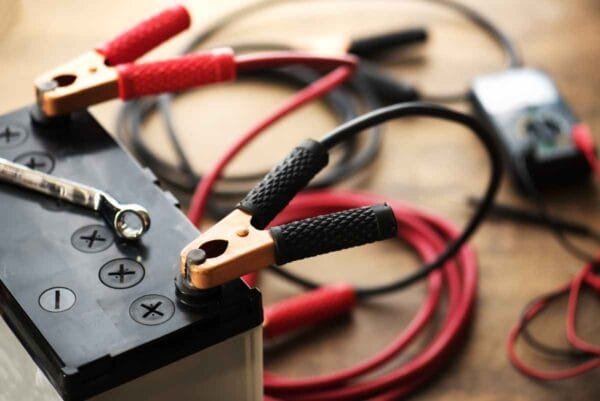Maintaining Battery Life: Tips for Storage After 6 Months of Not Using Your Vehicle
🔋 1. Why Does Battery Care Matter During Long Storage?
-
Self-Discharge (Natural Power Loss)
Lead-acid batteries naturally lose charge over time. If your car sits unused for 6 months, the battery can discharge deeply, causing sulfation—a build-up of lead sulfate crystals on the plates that permanently reduces capacity or even kills the battery -
Temperature Impact
-
High temperatures accelerate self-discharge and evaporate electrolytes, increasing sulfation risk.
-
Cold temperatures slow chemical reactions, making starting harder.
Ideal storage temperature: 10–25°C (50–77°F) in a dry, ventilated place
-

✅ 2. Preparation Before Storage
-
Fully Charge the Battery
Aim for 12.7–12.8V before storage to prevent sulfation. -
Clean Battery Terminals
Remove dirt and corrosion using a baking soda solution, then apply anti-corrosion spray. -
Choose the Right Location
Store in a cool, dry area away from direct sunlight and moisture.
🔧 3. Three Main Methods for Long-Term Storage
| Method | Pros | Cons |
|---|---|---|
| Use a Battery Maintainer | Keeps battery at 100%, prevents self-discharge, and protects car electronics. | Requires power source and quality charger. |
| Remove the Battery and Store It | Eliminates parasitic drain completely. | Loses vehicle settings; needs safe storage space. |
| Disconnect Negative Terminal | Quick, easy solution; reduces parasitic drain. | Doesn’t prevent natural self-discharge or sulfation. |
🔍 4. Check Battery During Storage
-
If using a maintainer: minimal checks needed—verify the charger works.
-
If disconnected or removed: measure voltage every 2–3 months.
➤ If below 12.4V, recharge using a proper charger (bulk → absorption → float mode).
✅ 5. Bringing the Car Back to Life After 6 Months
-
Check battery voltage before starting. If <12.4V, charge it first.
-
Reconnect the battery or reinstall it.
-
Start the engine and let it run for 15–20 minutes to stabilize systems.
-
Inspect tires, brakes, fluids, and lights before hitting the road.
Key Takeaways
-
Best option: Use a quality battery maintainer.
-
If not possible: Disconnect or remove the battery, but plan for recharging.
-
Regular voltage checks prevent sulfation and extend battery life.
With these simple steps, you can keep your battery healthy and avoid expensive replacements—even after months of inactivity.




